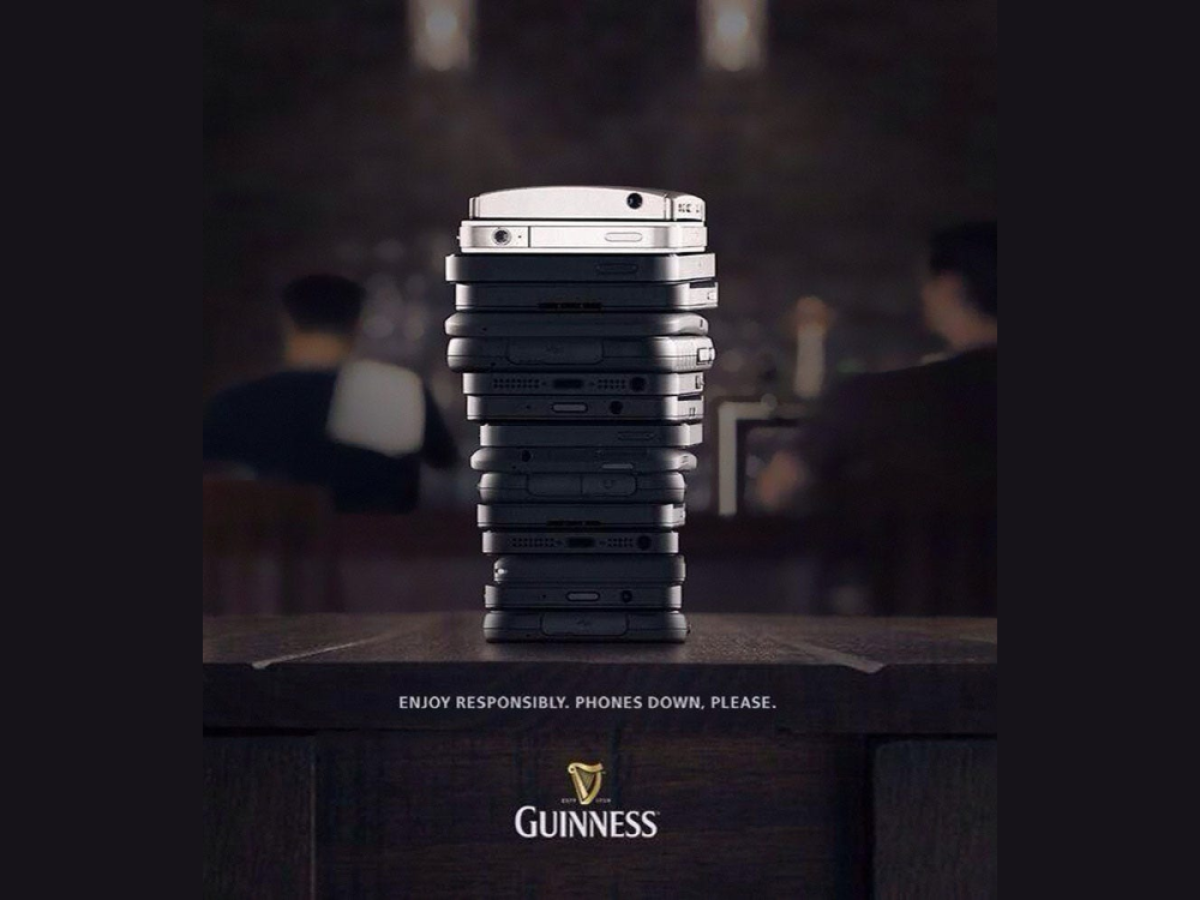Heineken’s ‘Boring Phone’ embraces a cultural movement to ‘live in the moment’

There is life beyond our screens, according to Heineken, whose ‘Boring Phone’ seeks to return us to simpler times, before our digital obsession took hold.
Human Mobile Devices (HMD), Heineken beer, and the Boston-based streetwear brand Bodega are concerned about the digital rabbit hole humanity is falling into, and have combined forces to concoct a curious creation: the "Boring Phone."
While Creative Moment initially assumed the venture was an elaborate April Fools joke, the device – which follows a modern trend towards so called ‘dumb phones’ - stands as a remarkable blend of retro aesthetics and modern functionality, akin to the Pocket Analogue before it.
The Boring Phone doesn't conceal its simplicity. Unlike the comparatively flashy Nothing Phone, it eschews LED light strips for a transparent design. But simplicity doesn't mean lack of intrigue.
Beneath its cover screen lies a vivid green motherboard, harmonising with the screens' backlighting, inside and out. The handset evokes Nokia flip phones of yore, with its green T9 keyboard.
So, what's the purpose of this device?
According to Heineken, it's a nostalgic journey back to an era before smartphones dominated our lives. It encourages communication through SMS, eschewing the social media frenzy and notification overload.
The Boring Phone champions the simplicity of Quick Snake over the chaos of modern multiplayer games, urging users to capture moments with delightfully pixelated images rather than obsessing over camera specs.
Moreover, it boasts durability, capable of enduring drops without the costly cracks typical of modern smartphones. Features like speed dialling and customisable design with 3D stickers add to its charm.
Although its price remains a mystery, the company plans to distribute the Boring Phone to revellers worldwide, emphasising a return to quality time with loved ones and a break from digital overload.
Our take
Brands have been embracing their inner-Amish of late, extolling the joys of the luddite-leaning lifestyle. This is hardly surprising in the era of 24/7 news, social media trigger finger and a fair bit of AI doom mongering. On a personal note, it also is pretty annoying when someone keeps getting distracted by a phone alert at the expense of a conversation ‘IRL’.
This uncomfortable blurring of online and real life was emotionally opined in Frank Ocean’s Facebook Story, from 2016’s instant-classic album, Blonde. Numerous musical artists, including Tyler the Creator and Florence Against the Machine, have since expressed a desire for fans to keep their phones tucked away at gigs.
Smartphones continue to dominate attention spans globally; it’s claimed that 90% of GenZ and Millennials across the UK and US confess to doom scrolling while socialising with friends and family; checking their devices seven times each night out on average.
Brands have also reacted to this ‘distraction culture’ and the perceived lack of humanity that technology can usher in, with Dove’s anti-AI campaign providing a recent expression.
Guinness, too, has conveyed a similar tone, through its ‘Phones Down’ campaign, which perfectly echoes its core messaging related to ‘waiting patiently’ and enjoying the moment.

Ultimately, the Boring Phone serves as a reminder that life extends beyond our screens.
Sometimes, less digital engagement yields a richer, more authentic experience.
Smartphone use, its worth noting, might not be the sole reason for our modern cultural disconnection. The democratisation of art, and the resulting death of shared experiences – like simply all sitting down to watch the 10 o’ clock news, or Fresh Price - has also led to more fractured society.
Regardless, it seems instinctively dystopian to socially disengage, so maybe we could all do well to take a bit of time out from our little black boxes.
If you enjoyed this article, you can subscribe for free to our weekly email alert and receive a regular curation of the best creative campaigns by creatives themselves.
Published on:





